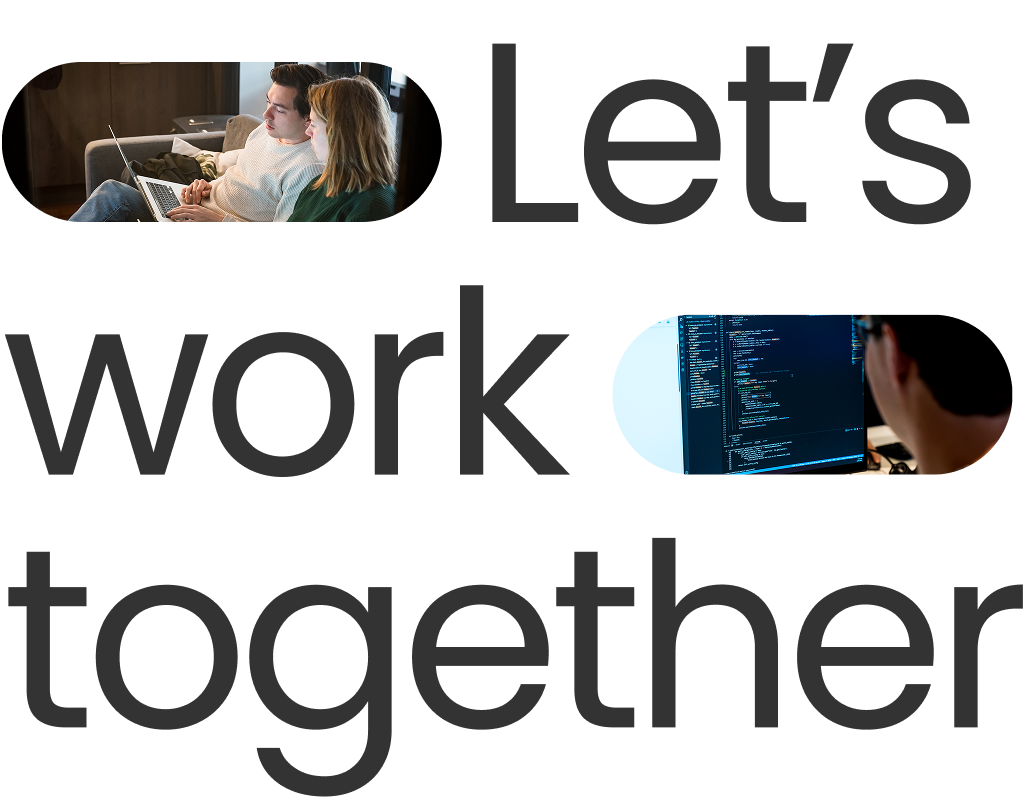

Banks are under increasing pressure to prevent financial crime, such as money laundering, terrorism funding, sanction evasion or fraud. Banks that lack sufficient systems to successfully detect suspicious transactions risk heavy government fines.
The transaction monitoring team in the Wholesale and Rural Organization at Rabobank needed to further automate and simplify its process of detecting suspicious transactions. The aim was to make this process more accurate, since criminals are always finding new ways to commit financial crimes. Moreover, the bank aimed to reduce the time required to manually go over every single flagged transaction by having a monitoring system that can be easily tweaked to reduce the number of false positives.
This tweaking, or periodic updating of rules to flag suspicious transactions, is called ‘tuning’. Previously, tuning was done using reports on Excel files and PowerPoint presentations, whereby every rule had to be manually tuned in case stakeholders wanted to change threshold settings. Those reports were then sent to the responsible branch, where they made decisions about what changes needed to be made to the rules.
Xomnia helped Rabobank migrate to a system that further automates tuning. This needed to be done while keeping in consideration that the bank is undergoing a migration of architecture aimed at globally standardizing and simplifying its transaction flagging rules.
Achieve your organization's full potential with the leading AI consultancy in the Netherlands
Xomnia’s Analytics Translator David Bekkers joined the transaction monitoring team at the Wholesale and Rural Organization at Rabobank. His initial role was as a business analyst, but he soon grew to become a data analyst in the lead of the new tuning system.
Building on a monitoring dashboard that the Retail team at Rabobank already used, David started by setting up priorities and drawing up requirements together with his product owner. Adapting the dashboard was not easy due to the different rules and data that the Wholesale and Rural Organization team follows than the Retail team. Because many of the rules in the dashboard were not directly transferable, adopting the dashboard required a lot of backend work to connect data and all the rules to this new dashboard.
David quickly understood the different codes and built a logical workflow, thanks to his experience in Python code and how to structure it with test-driven development. He helped the client migrate to the Databricks and Power BI-based dashboard by training and leading the developers who conducted the migration. He helped with some coding and backend work, and refined pieces of work that needed to be picked up, prioritizing them and reviewing them.
“We accomplished the project ahead of schedule, and I think we have Xomnia’s way of working to thank, since it prioritizes arriving at a minimum viable product, and emphasizes involving the stakeholders as soon as possible,” explained David. “As a result, we already got the first version of the dashboard up and running after only six weeks of work.”
The final result is an adapted dashboard that will enable different stakeholders to achieve quicker tuning cycles for detection rules, which means better fraud detection and optimized rulesets. The dashboard will mainly help in raising the ratio of true positives to false positives, resulting in fewer unnecessary alerts and a lower workload, all while detecting more suspicious financial transactions.
Moreover, the impact of the overarching architecture change is enabling more effective rules and more flexibility through the standardization process that Rabobank is going through.
